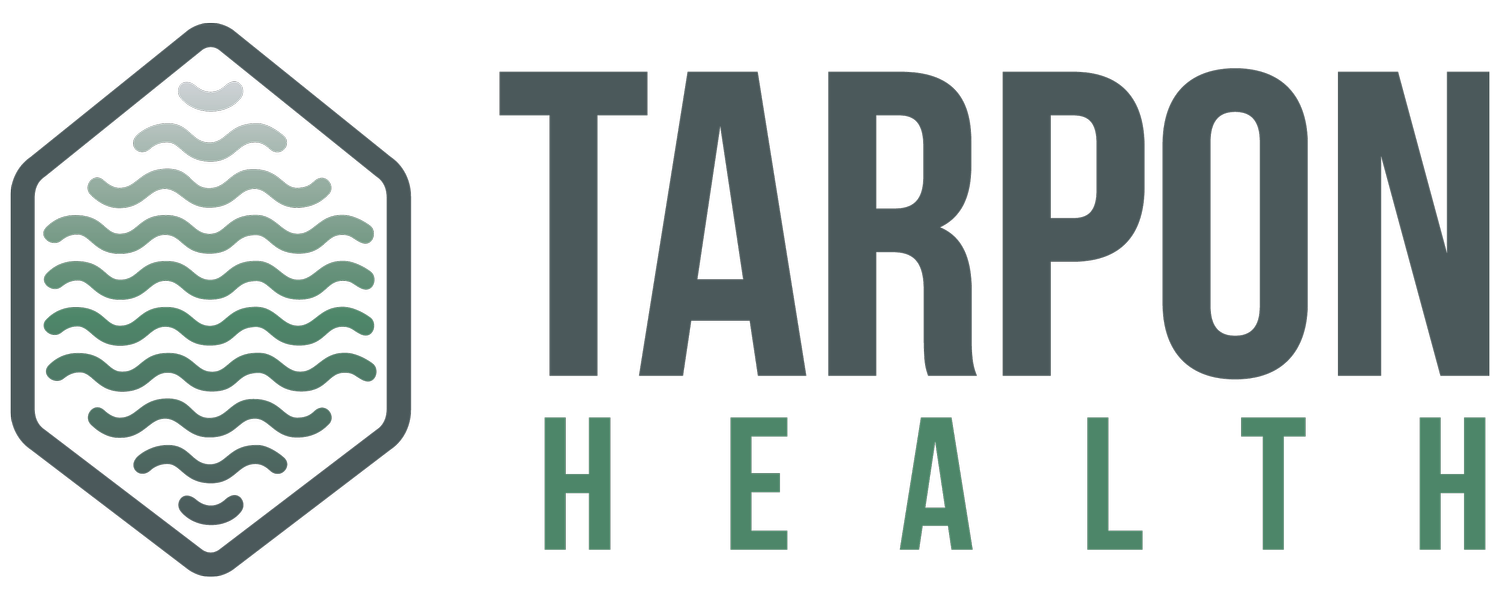7 Lessons Learned From Building an Internal Automation Program
Seven Tips to Build an Internal Automation in RCM
1. Establish an Effective Automation Governance Structure
2. Engage Your Staff in Identifying Automation Opportunities
3. Maximize Automation ROI
4. Build Confidence through Testing
5. Engage Stakeholders and Experts Throughout the Process
7. Minimize Downtime with an Effective Maintenance Structure
8. Leveraging Community Collaboration
Introduction:
An efficient revenue cycle is crucial in a fiscally conscious healthcare industry. Many providers now turn to automation and AI for enhanced efficiency. However, pursuing these technologies is not always a straightforward process.
This guide will share valuable insights and lessons from experts to help you successfully implement an automation program, accelerate the speed and efficacy of the automation you pursue, and achieve a positive ROI—similar to what Tarpon Health's membership offers.
If you, like many others, want to explore how to build your automation program, this blog is for you.
The 7 lessons:
We've compiled seven lessons from our community of revenue cycle and automation professionals to share with you. Use these lessons as reminders when establishing your automation program.
Lesson 1: Establish an Effective Automation Governance Structure With the Right Team and Roles
The first lesson is understanding the importance of investing time and energy into a governance structure. Start by forming a dedicated team with clear roles, including decision-makers, strategic thinkers, technical experts, and subject matter experts. Once you have established this, create a team charter that outlines the program's scope, goals, members, roles, KPIs, and decision-making guidelines. This charter sets expectations and fosters a positive team environment.
The governance structure should evolve with the automation program, undergoing regular reviews and adjustments. An effective structure aligns decisions with organizational strategy and ensures the smooth implementation of future lessons.
Lesson 2: Engage Your Staff in Identifying Automation Opportunities Through Education
The next lesson to consider is all about your staff. Active staff participation is crucial for the successful implementation of automation, offering several key benefits:
Engaging team members creates ownership and commitment as they provide valuable insights based on firsthand experience.
Involving the team in selection, design, build, and testing enhances the impact and performance of the automation
Educating staff sparks fresh automation ideas and reassures them that automation enhances capabilities rather than replacing jobs.
Appropriately educating your staff is an often-overlooked, essential step. Ensure you start your journey right and foster a productive automation culture.
Lesson 3: Maximize Automation ROI by Prioritizing Planning and Validating Use Cases
To extract the most value out of the automations, adopting a strategic approach to process selection is essential. Once you've identified a process, invest time in isolating accounts that qualify for automation. It's not uncommon to uncover exceptions that may reduce the volume, making the costs of automation exceed the benefits. You will avoid building low-value automations by carefully sifting through all your ideas.
Typically, ROI is realized by prioritizing repetitive, high-volume processes where employees spend a significant amount of time. However, there's more than one type of ROI. For example, automation can also accelerate revenue and reduce write-offs. Keep this in mind as you are reviewing processes for benefits.
Do not underestimate the significance of planning and validation; they are indispensable for successful automation. For more in-depth information on this nuanced topic, consider visiting Tarpon Health and connecting with peers who have embarked on their automation journey.
Lesson 4: Build Confidence by Prioritizing Testing
Errors produced by automation will erode confidence in your team. A strong testing and quality assurance process is necessary to minimize errors, enabling the long-term success of your program.
Focus on these main points:
For every automation you build, create a comprehensive testing plan covering various scenarios—expected and unexpected.
Run tests with high volume prior to deployment to ensure that you are getting a representative sample of accounts the automation will be touching when live.
Use subject matter experts for user acceptance testing; these experts should certify your automation system for production.
By dedicating the time and resources necessary for testing and quality assurance, you can prevent errors and boost confidence, ensuring a successful automation rollout.
Lesson 5: Engage Stakeholders and Experts Throughout the Process
Another often overlooked yet essential lesson in achieving a successful automation is the active involvement of stakeholders and experts throughout the entire lifecycle. To guide you in this endeavor, we have distilled three key strategies for project success from insights shared within Tarpon Health's community forum:
Open communication: Maintain constant connections with stakeholders to swiftly adapt to operational changes. Regular updates, feedback sessions, and brainstorming meetings ensure everyone is well-informed and engaged, enhancing project agility.
Change management and training: Prioritize change management and training as you incorporate automation into existing operations. Assist staff in comprehending the benefits of automation, address concerns, and provide them with the necessary skills to effectively operate in a new system or workflow.
Lessons learned and action plans: Take time to reflect and pinpoint areas for improvement. Cultivate continuous learning by assessing mistakes and documenting robust improvement plans. Approaching this process with rigor, objectivity, and an open culture will optimize your results in the long term.
By implementing these strategies, you can not only ensure the success of your automation but also cultivate a culture of growth and improvement.
Lesson 6: Minimize Downtime With an Effective Maintenance Structure
Regular maintenance is vital to keeping your automated systems running smoothly. Organizations will benefit from investment in a comprehensive maintenance program. Here are three practices that every maintenance program should prioritize.
Ticketing support system: Establish a robust ticketing system to promptly address technical issues. Collaborate with the IT department during system upgrades to prevent potential downtime. Regularly monitor system performance for swift detection and resolution of failures.
Quarterly automation audits: Conduct regular audits of your automation processes to identify glitches and inefficiencies. Gain valuable insights for refinement and optimization. Quarterly audits strike a balance between routine check-ins and avoiding excessive micromanagement.
Thorough documentation: Good documentation forms the backbone of maintenance. Keep detailed records of processes, updates, and operational requirements to ensure continuity, especially during team changes. Over-documentation leads to standardization and helps the RPA team adapt quickly to changes or disruptions.
Keep your automated systems in optimal condition through regular maintenance to achieve peak performance and minimize downtime.
Lesson 7: Leveraging Community Collaboration for Idea Validation and Operational Efficiency
Recognizing the power of community collaboration is as crucial as the technology itself. Often overlooked, communities play a pivotal role in validating ideas, preventing wasted time, and streamlining automation efforts.
Structuring your program: Explore how others structure their automation programs and teams within the community. Understand the pros and cons of different management models, adapting them to align with the unique needs of your organization.
Validating automation ideas: Before implementing new ideas or changes, leverage the community for peer validation. This collaborative process offers alternative perspectives, and insights into efficient automation design, and ensures effective resource utilization.
Sharing automation designs: Communities significantly reduce the time spent on identifying and designing automations by sharing use case ideas, designs, and technical documentation. Learn from others' experiences, adapting successful approaches to fit your organization’s processes.
Sparking innovation: A vibrant community fosters the cross-pollination of ideas, sparking innovation and identifying operational inefficiencies. Embrace the collective creativity within the community to drive continuous improvement in your automation endeavors.
Conclusion:
Embarking on an automation journey is an empowering experience. This guide provides lessons that will help you establish an effective automation program.
Embrace the invaluable lessons we've discussed, whether it’s establishing good governance, educating and involving your staff, or the critical role of building a community.
In this context, Tarpon Health stands as the ideal ally for revenue cycle management professionals, dedicated to supporting them on their automation journey.
For those genuinely committed to initiating their automation process, we strongly encourage you to explore the wealth of resources available through a Tarpon Health Membership. Join a community that nurtures innovation and efficiency in healthcare!

